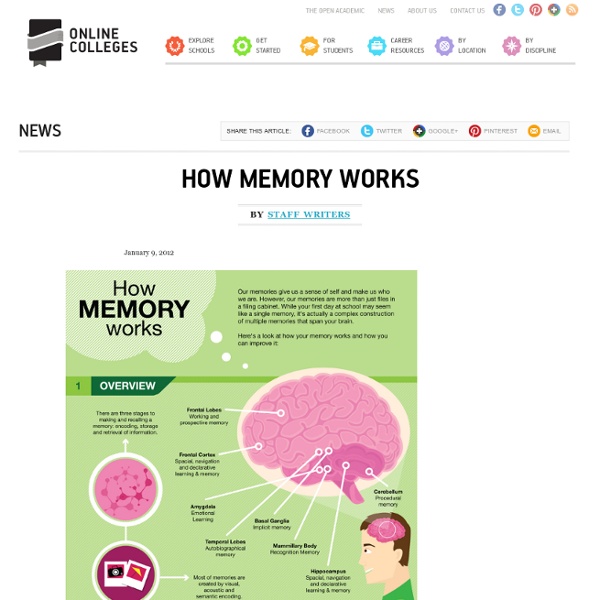



Speech GraphicsSpeech Graphics creates world’s first high fidelity animation of human speech organs » Speech Graphics Oct 14 '13 Author: Speech Graphics Posted in: Press Specialist audio animation studio, Speech Graphics, announced today the launch of the world's first high fidelity animation of the human speech organs. Communication in today's global economy is critical and for the approximately 2 billion people learning English as a second language, accent and pronunciation are two of the most difficult aspects to master. Gregor Hofer of Speech Graphics explains: "A strong accent can be a major barrier to effective communication. Revealing a hidden world never seen so clearly before, Simone is a fully functioning cutaway of the inside of the mouth, nose and throat. Viewed from the front, Simone's face moves in perfect synchrony with audio recordings of sounds and words. Saundz.com provided a learning curriculum and graphical web interface around the Speech Graphics animation.
How to Learn (But Not Master) Any Language in 1 Hour (Plus: A Favor) Deconstructing Arabic in 45 Minutes Conversational Russian in 60 minutes? This post is by request. How long does it take to learn Chinese or Japanese vs. Here’s the reasoning… Before you invest (or waste) hundreds and thousands of hours on a language, you should deconstruct it. So far, I’ve deconstructed Japanese, Mandarin Chinese, Spanish, Italian, Brazilian Portuguese, German, Norwegian, Irish Gaelic, Korean, and perhaps a dozen others. How is it possible to become conversationally fluent in one of these languages in 2-12 months? Consider a new language like a new sport. There are certain physical prerequisites (height is an advantage in basketball), rules (a runner must touch the bases in baseball), and so on that determine if you can become proficient at all, and—if so—how long it will take. Languages are no different. If you’re a native Japanese speaker, respectively handicapped with a bit more than 20 phonemes in your language, some languages will seem near impossible. 2. 3. 4.
Language-Learning Software and Online Courses | Transparent Language EnglishClub Delivering Bad News - Communication Skills Training From MindTools.com Communicating Well Under Pressure Deliver bad news with honesty and empathy. © iStockphoto/Yuri_Arcurs Jack's boss has just told him that, due to budget cuts, several people in his team will have to go. Jack manages a happy, successful, team, and he has no idea how to deliver this bad news. It's possible that you've experienced a similar situation, or will have to face one like it in the future. By learning how to deliver bad news honestly, openly, and empathetically, you can help to preserve your working relationships, rather than damage them. In this article, we'll look at the best approaches to use when delivering a difficult message. The Art of Delivery Delivering bad news is something that we all have to do at some point. There are many reasons why you might need to deliver bad news, which is why it's important to know how to deliver it honestly, empathetically, and gracefully. Lessons From the Medical Field Much of the research on delivering bad news comes from medicine. 1. 2. 3. 4. 5.
Mind42 - Mind Mapping Online - Free, Fast & Simple Teaching Expert Learners Harrisburg Presentation Resources Here are some resources from my presentation in Harrisburg. Defining and Exploring Gamification from Karl Kapp Here is some additional information. Continue Reading → 2014 DOE Symposium Conference Resources Here are my resources for the 2014 DOE Symposium Conference. Continue Reading → Great fun at ITEAA Conference & Introduction of Exciting Game-Based Learning Modules Last week I had a chance to attend the ITEAA Conference which is the conference of the International Technology and Engineering Educators Association. Continue Reading → Instructional Games and Narrative Instructional games work best when there is a narrative that provides the learner with the proper context for the learning that needs to take place. Continue Reading → Animation as an Aid to Learning Here is a quick summary of seven principles for animation indicated in a 2002 article by Richard E. Continue Reading → Posted in: Design, develop Engaging Ideas for Designing Learning Videos
How your brain likes to be treated at revision time If you're a student, you rely on one brain function above all others: memory. These days, we understand more about the structure of memory than we ever have before, so we can find the best techniques for training your brain to hang on to as much information as possible. The process depends on the brain's neuroplasticity, its ability to reorganise itself throughout your life by breaking and forming new connections between its billions of cells. How does it work? Your hippocampus is forced to store many new patterns every day. So what's the best way to revise? Forget about initial letters Teachers often urge students to make up mnemonics – sentences based on the initial letters of items you're trying to remember. The mnemonic is providing you with a cue but, if you haven't memorised the names, the information you want to recall is not there. Repeat yourself Pathways between neurons can be strengthened over time. Use science to help you retrieve info Take regular breaks Avoid distractions